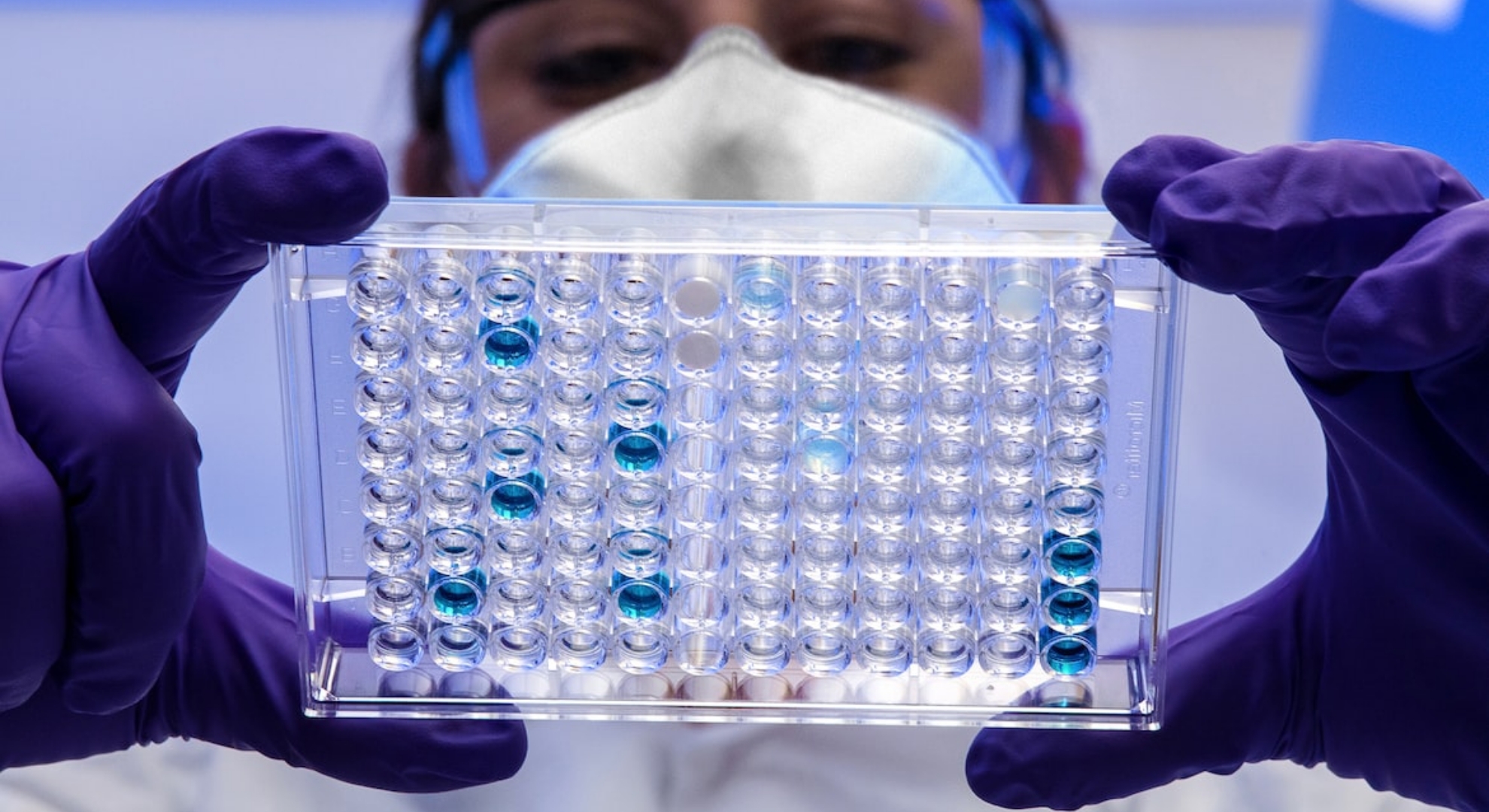Our battle against coronavirus is still not over, yet another strain of viruses is on the horizon and can *possibly* plague us in the future.
French scientists have raised alarm bells over “zombie viruses” as they recently discovered strains of ancient viruses that pose a threat to both human health and wildlife. This discovery comes after scientists collected earth samples from permafrost in Serbia.
In a recent study published in the journal Viruses last February, the team unearthed 13 ancient viruses from permafrost taken from different places in Serbia, including the Lena river, Kamchatka Peninsula, and Kolyma river, among many others.
One of the strains they revived was Pandoravirus yedoma, the oldest virus they have isolated which is believed to be frozen for 48,500 years.
On the other hand, the youngest strain of virus the scientists discovered came from the content of the mammoth’s stomach and has been frozen for 27,000 years.
The researchers have noted that the emergence of zombie viruses is due to the thawing of permafrost.
Permafrost is perennially frozen ground that blankets approximately 15% of the Northern Hemisphere or 11% of the global surface, including the areas of the Arctic, Alaska, Canada, and Russia.
It stores a massive amount of organic matter that has been frozen up for centuries. When permafrost thaws, this matter will then be released, and along with it is the revival of ancient viruses that remained dormant.
That’s why despite being frozen for centuries, scientists have warned that the zombie viruses they have extracted remain infectious. However, it’s not yet determined how the virus would be once exposed to present-day conditions.
In an interview, Jean-Michel Claverie, one of the scientists involved in the study, said: “We view these amoeba-infecting viruses as surrogates for all other possible viruses that might be in the permafrost.”
“We see the traces of many, many, many other viruses. So we know they are there. We don’t know for sure that they are still alive. But our reasoning is that if the amoeba viruses are still alive, there is no reason why the other viruses will not be still alive, and capable of infecting their own hosts,” he explained.
Claverie also added that chances of viral spillover continue to increase due to climate change, posing a threat as it can come back to life as “a serious public health threat” in modern society.
“It is thus likely that ancient permafrost (eventually much older than 50,000 years, our limit solely dictated by the validity range of radiocarbon dating) will release these unknown viruses upon thawing,” Claverie and his team noted. “How long these viruses could remain infectious once exposed to outdoor conditions (UV light, oxygen, heat), and how likely they will be to encounter and infect a suitable host in the interval, is yet impossible to estimate.”
“The risk is bound to increase in the context of global warming, in which permafrost thawing will keep accelerating, and more people will populate the Arctic in the wake of the industrial venture,” they added.
This isn’t the first time Claverie and his team revived viruses that were frozen in permafrost.
In 2014, Claverie and his team revived a virus that has been frozen in permafrost for 30,000 years. They also managed to make the virus infectious again by inserting it into cultured cells. A year later, they repeated the same process and managed to isolate a different strain of virus.
Other POP! stories that you might like:
People who think they’re attractive are less likely to wear mask, research finds
Researchers confirm 5th patient cured of HIV after stem cell transplant
‘Zombirds are real’: Researchers turn taxidermy birds into spy drones
Here’s the no. 1 ‘key’ to a happy life, according to an eight-decade-old study
‘Car brain is real’: New study reveals people’s unconscious bias when it comes to driving



